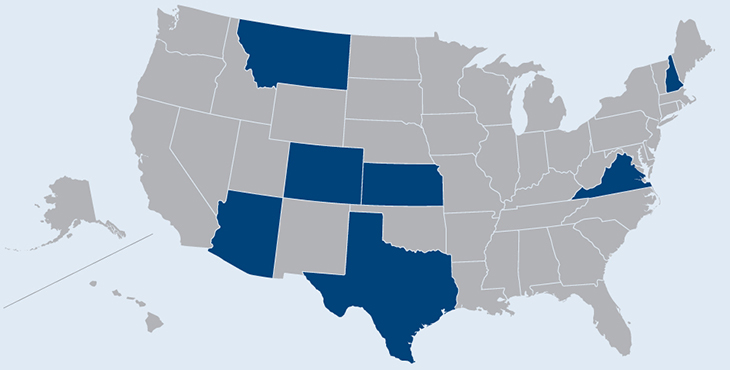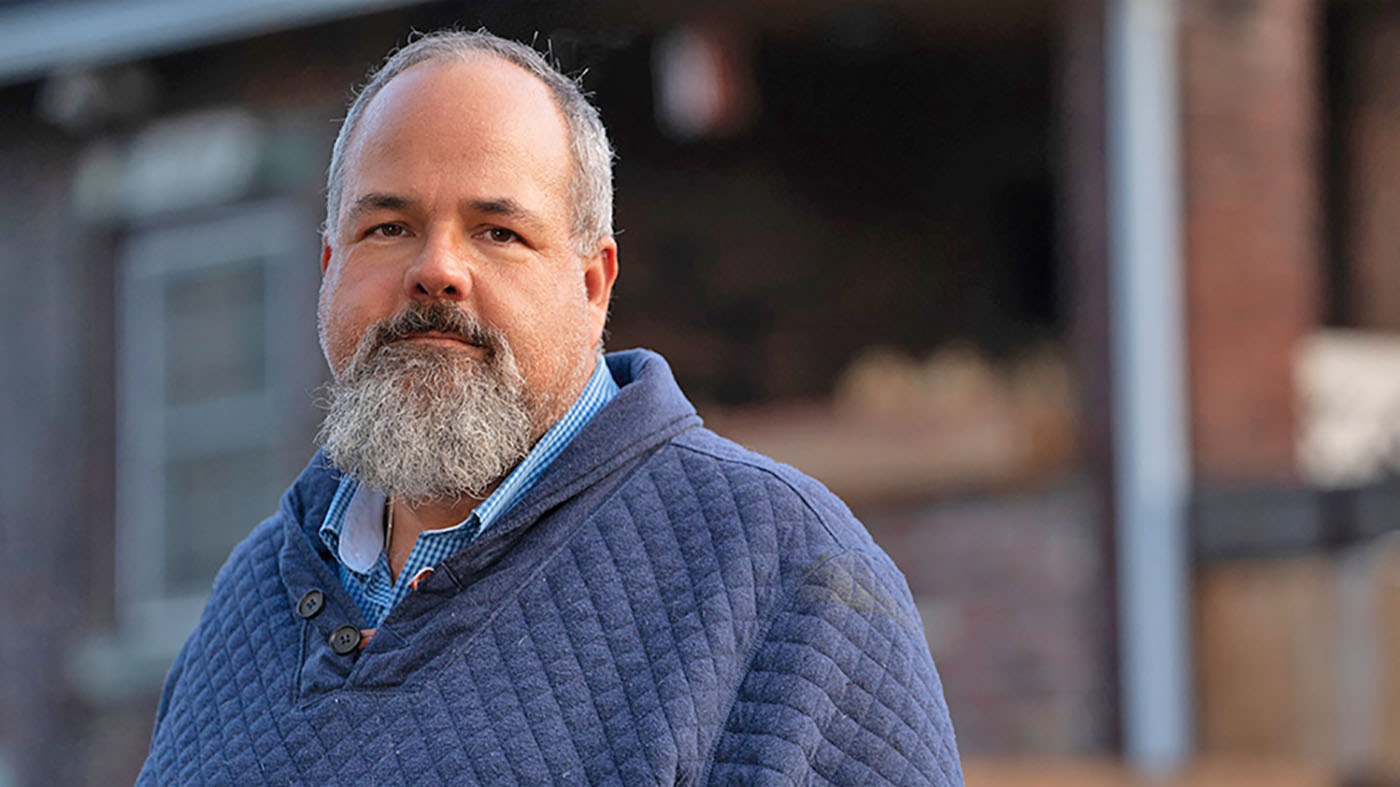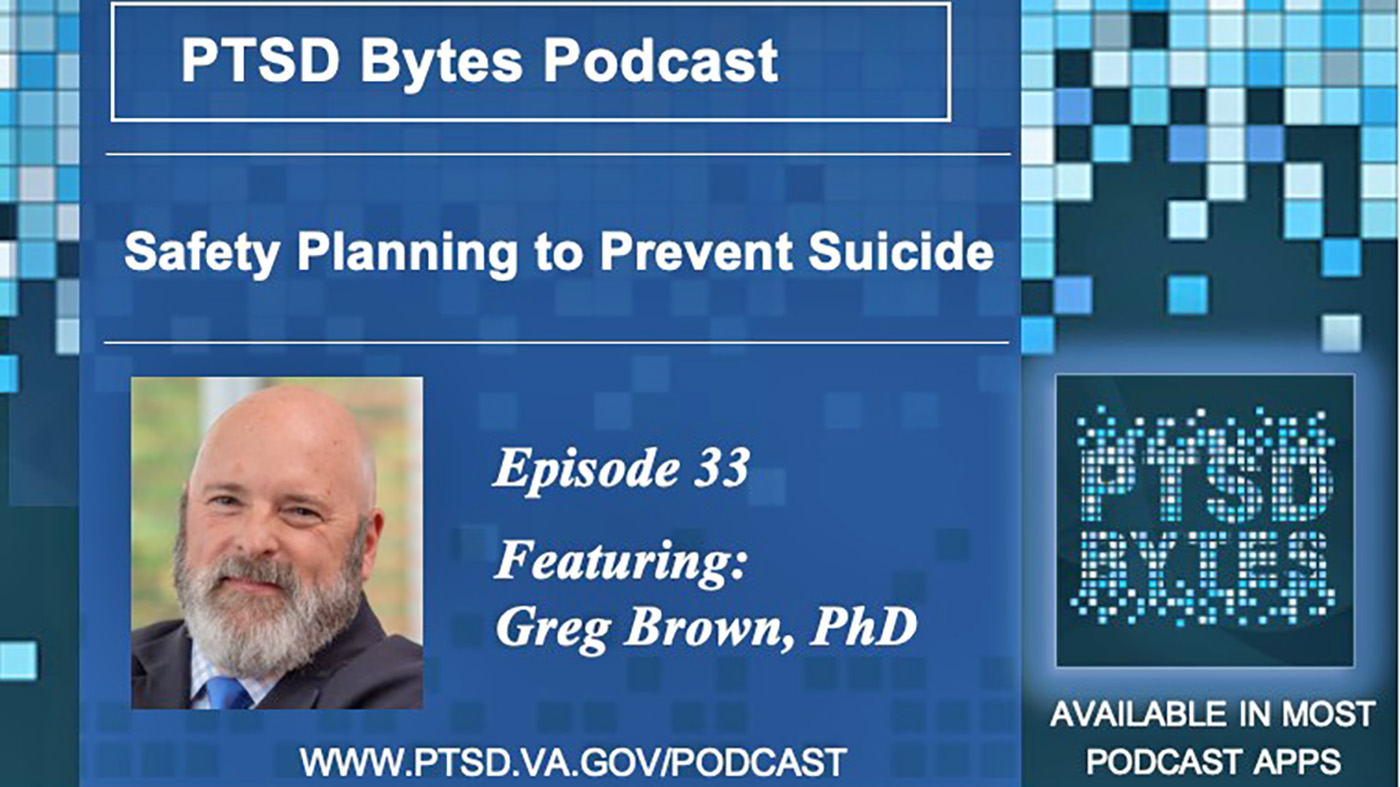VA, the Department of Health and Human Services’ Substance Abuse and Mental Health Services Administration (SAMHSA) and state leaders from seven states came together Feb. 6-8 for the inaugural Governor’s Challenge to Prevent Suicide Among Service Members, Veterans and their Families (SMVF).
“At VA, suicide prevention is a top priority, and we recognize that we cannot end Veteran suicide by ourselves,” said Wendy Lakso, acting deputy suicide prevention program director for VA’s Office of Mental Health and Suicide Prevention. “Coordinated effort across sectors — including faith communities, workplaces, schools, health care settings and more — is key to preventing suicide.”
In March 2018, VA and SAMHSA introduced the Mayor’s Challenge with a community-level focus. The Governor’s Challenge takes that effort to the state level, allowing VA to work with governors to develop plans to prevent Veteran suicide.
Over the course of three days, state leaders from Arizona, Colorado, Kansas, Montana, New Hampshire, Texas and Virginia created plans to implement the National Strategy for Preventing Veteran Suicide, which provides a framework for identifying priorities, organizing efforts and contributing to a national focus on Veteran suicide prevention.
“The National Strategy for Preventing Veteran Suicide reflects our vision for a coordinated effort to prevent suicide among all Veterans — one that maintains our focus on high-risk individuals in health care settings while also adopting a broad public health approach to suicide prevention,” Lakso said.
Data is a critical element in this public health approach, and VA was one of the first organizations to initiate comprehensive suicide surveillance, involving collection, analysis and interpretation of suicide related data. VA continues to enhance its data collection efforts to better understand the Veteran population and those who may be at elevated risk for suicide, as well as tailor its prevention strategies.
Teams discussed a variety of topics including lethal means safety, safe messaging, suicide risk screening and assessment, supporting suicide loss survivors, peer support, closing the gaps in crisis systems, community partnerships, and the relationship between chronic pain, opioids, and suicide.
“This is the first time we’ve done something like this at the state level,” Lakso said. “Just as there is no single cause of suicide, no single organization can end suicide alone. By working together in this way, we really are setting an example for the nation.”
VA and SAMHSA will ensure the work is codified, evaluated for effectiveness and shared with communities to help optimize the efforts of all partners and stakeholders committed to preventing suicide across the SMVF demographic group.
For more information on SAMHSA’s suicide prevention efforts, visit https://www.samhsa.gov/suicide-prevention/samhsas-efforts.
The health and well-being of our nation’s Veterans and former service members is VA’s highest priority. Guided by data and research, VA is working with partners, Veterans’ family members and friends, and the community to ensure that Veterans and former service members get the right care whenever they need it. To learn about the resources available for Veterans and how you can #BeThere as a VA employee, family member, friend, community partner or clinician, visit www.mentalhealth.va.gov/suicide_prevention/resources.asp.
If you or someone you know is having thoughts of suicide, contact the Veterans Crisis Line to receive free, confidential support and crisis intervention available 24 hours a day, 7 days a week, 365 days a year. Call 1-800-273-8255 and Press 1, text to 838255, or chat online at VeteransCrisisLine.net/Chat.
About the author: Aaron Eagan is the deputy director, operations and integration for suicide prevention, for VA’s Office of Mental Health and Suicide Prevention.
Topics in this story
More Stories
Be ready before a suicide crisis by learning about resources that are available. You don’t have to face it alone.
In a two-part series, Dr. Colleen Becket-Davenport discusses some common myths surrounding PTSD with Dr. Kelly Maieritsch.
In this episode of the PTSD Bytes podcast, we speak with with Dr. Greg Brown, Philadelphia VA clinical psychologist, about how safety planning can prevent suicide.







I wrote the truth and you erased it, just like you did for my 42 year fight for the healthcare i was promised. Its on you now what happens next .
James,
I can only imagine the fight you’ve endured. PM if you’d like to talk.
Sean
Once more nothing for Michigan! Dead last with zero star hospitals, help, dental,4 years of rotting tooth, 41 years of malfeasance bt Battle Creek staff. I ask why is west Michigan so far behind the rest of the VA? How many vets loose their lives due to the constant failures of B.C.? The Appeals process isnt suppost to be used as a tool to punish yet it is always in my case. I demand a second opinion by a real orthopedic surgeon not some misstrained tech. I was to have a knee replacement in the early 1980s .You’ve done NOTHING to fix the botchef surgery done in 1975.